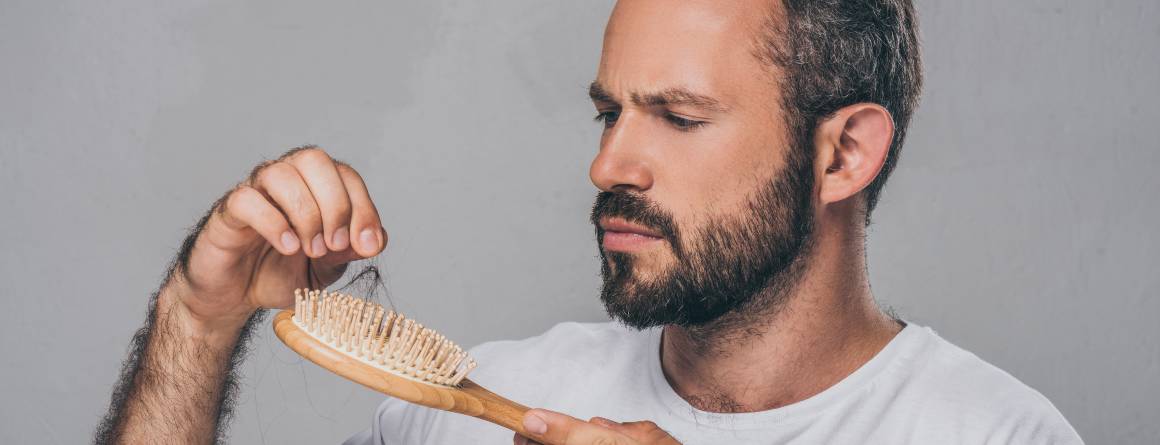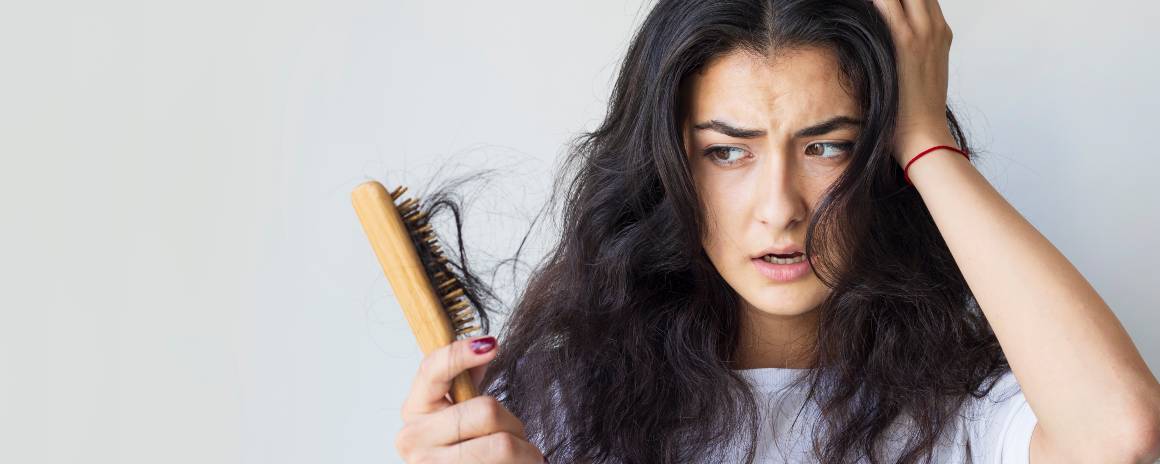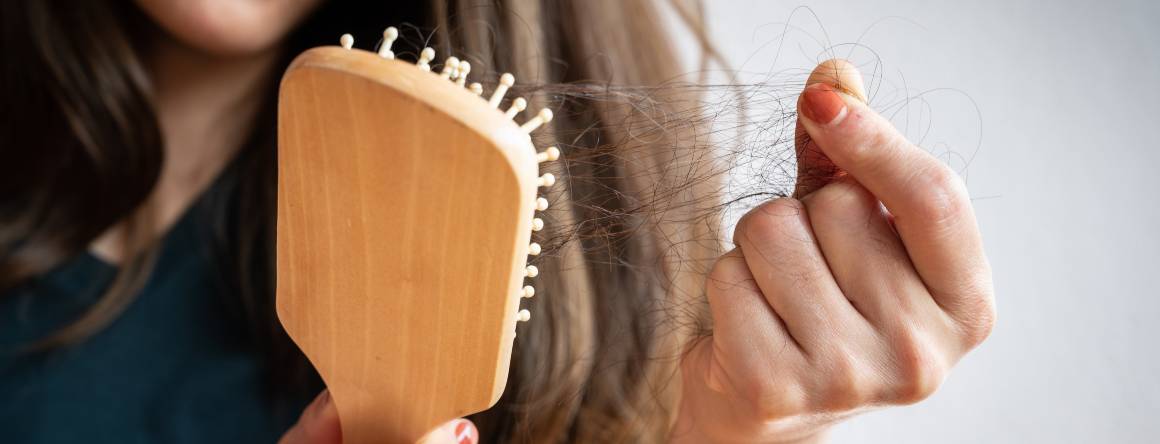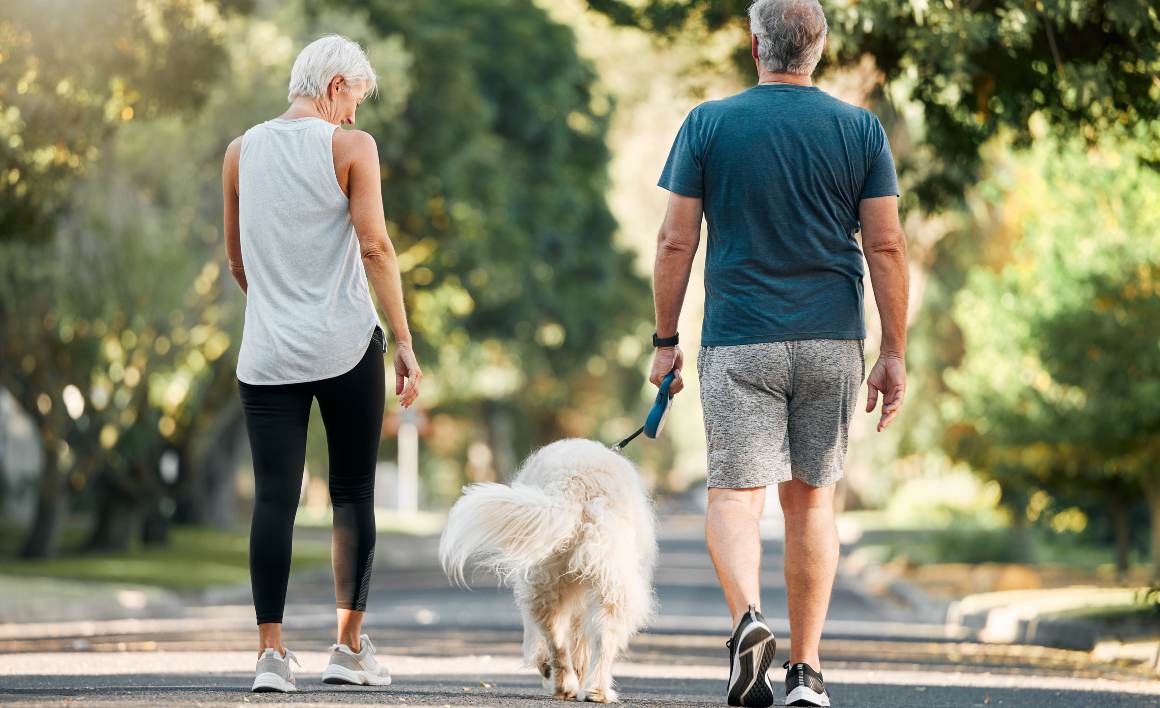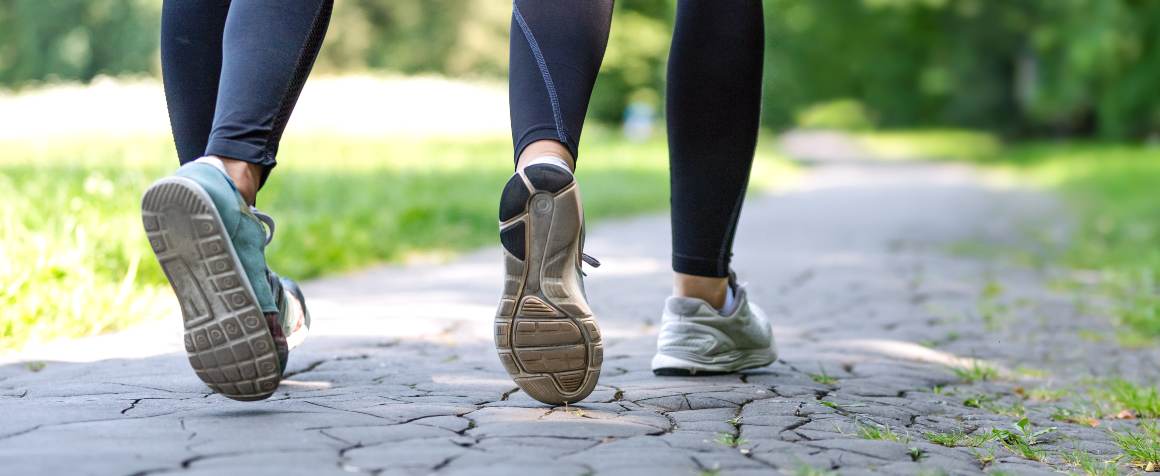
Latest news | Page 41
-
How to make your hair healthy again: Tips for repairing damaged hair.
October 3, 2023
To get healthy hair, wash it less frequently using a gentle shampoo. Repair damaged hair with trims, deep conditioning treatments, and gentle handling. Let hair air dry and use heat protectant when heat styling. Get trims every 6-8 weeks to prevent split ends. Use hair masks 1-2 times per week for added moisture. Opt for loose styles over tight ones. Apply heat protectant and limit heat tool temperature. Choose products with nourishing oils and proteins. Make regular salon appointments for assessments and treatments. Following these tips will help you achieve...
-
Can iron deficiency cause hair loss?
October 2, 2023
Iron deficiency is a very common cause of hair loss, especially in women. Low iron reduces blood and oxygen supply to hair follicles, disrupts growth proteins, causes inflammation, and leads to miniaturization of follicles. Preventing deficiency, detecting it early via screening, and treating it promptly with diet, supplements, and medication if needed, can all help reverse hair loss. Seeking medical advice for sudden hair loss or thinning is important to diagnose and correct any underlying deficiencies or conditions.
-
What makes hair stronger
October 2, 2023
To strengthen weak, damaged hair, focus on gentle care, hydration, and nutrition. Reduce heat styling, brush gently, and do weekly masks. Take supplements like biotin and collagen. Eat protein, vitamins C, D, B5 and B7. Massage your scalp to increase circulation. Get trims to maintain thickness. Manage stress through yoga and meditation. With gentle, consistent care and internal nourishment, you can restore strength and vitality to your hair.
-
What causes poor hair quality
October 2, 2023
This guide explains why scalp health is critical for robust hair growth. It covers signs of an unhealthy scalp, factors that damage hair, and actionable tips to improve scalp and hair health. Key points include massaging the scalp, avoiding tight hairstyles, using gentle hair products, reducing stress, eating a balanced diet, and getting professional scalp treatments if needed. Caring for your scalp provides an optimal habitat for your hair to thrive.
-
How long should I walk a day to see results?
September 29, 2023
Walking offers many health benefits and is one of the easiest forms of exercise. Experts recommend 30 minutes daily, but longer brisk walks provide greater benefits. Aim for 150 minutes per week, which could be five 30-minute walks. Walking farther and faster challenges your cardiovascular fitness and burns more calories. For weight loss, walk 45-60 minutes most days while following a reduced calorie diet.
-
Is it good to walk every day to lose weight?
September 29, 2023
Regular brisk walking is an effective way to lose weight. Aim for 30-60 minutes daily, focusing on increasing speed, duration, and intensity over time. Walking helps burn calories and boosts metabolism. For maximum fat loss, combine daily walks with strength training, a slight calorie deficit, protein-rich diet, fiber intake, and quality sleep. Consistency is key. Slow, steady weight loss through daily walking and healthy lifestyle provides optimal long-term results.
-
How long does it take to get fit and get in shape?
September 29, 2023
Getting fit takes time and consistency. With a smart training plan and dedication, you can make substantial fitness gains in 12 weeks. But more extreme goals like competitive athletic events can take 6 months or longer to achieve safely. Be patient, focus on progression, fuel properly, and allow enough recovery. Getting and staying fit is a lifelong journey requiring commitment, hard work, and lifestyle habits that support your goals.
-
Is walking 30 minutes a day enough exercise?
September 29, 2023
Health organizations recommend 150 minutes per week of moderate exercise like brisk walking for substantial health benefits. Thirty minutes of brisk daily walking can meet guidelines, but slower paced walks may not be enough. Use fitness trackers to monitor pace and step count during walks. Going beyond 30 minutes, adding hills or intervals, and including other moderate activities can provide even greater benefits. The bottom line is 30 daily minutes of brisk walking is good, but more activity further reduces disease risk and improves health.









